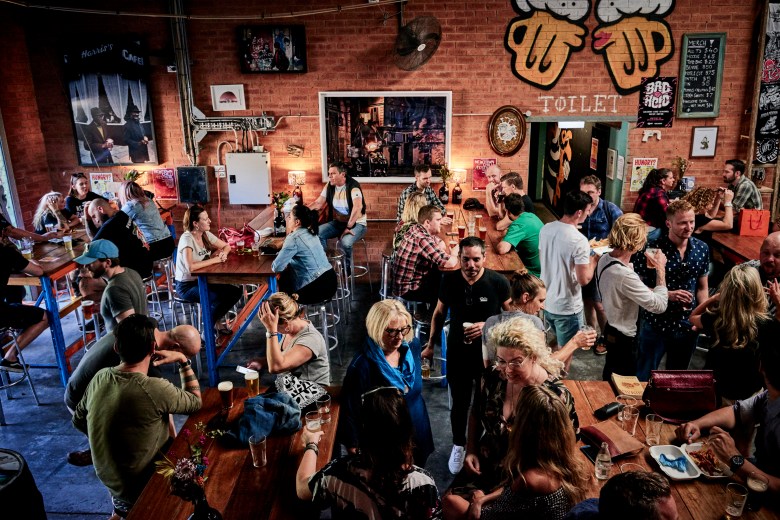 Now encompassing 18 independent breweries across six suburbs, the Inner West Ale Trail has received funding to boost its status as the craft capital of Australia.
Now encompassing 18 independent breweries across six suburbs, the Inner West Ale Trail has received funding to boost its status as the craft capital of Australia.  Now encompassing 18 independent breweries across six suburbs, the Inner West Ale Trail has received funding to boost its status as the craft capital of Australia.
Now encompassing 18 independent breweries across six suburbs, the Inner West Ale Trail has received funding to boost its status as the craft capital of Australia. 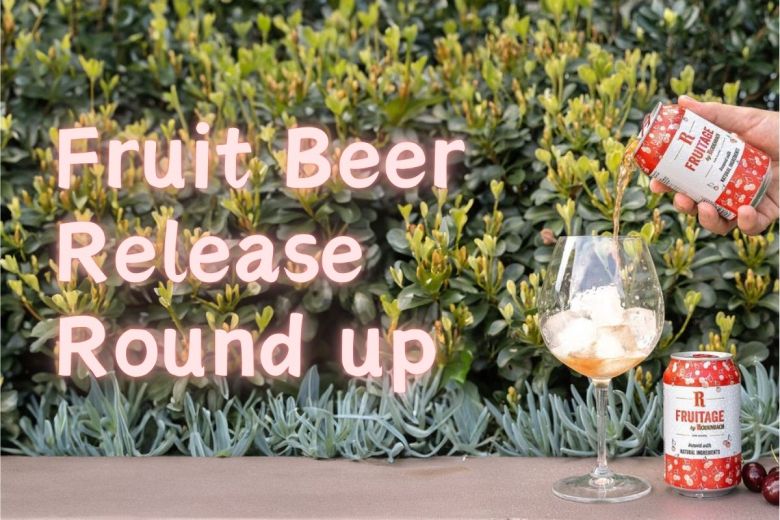 With spring well and truly sprung, we highlight three new fruit beer releases as we reach ideal weather for the style.
With spring well and truly sprung, we highlight three new fruit beer releases as we reach ideal weather for the style. 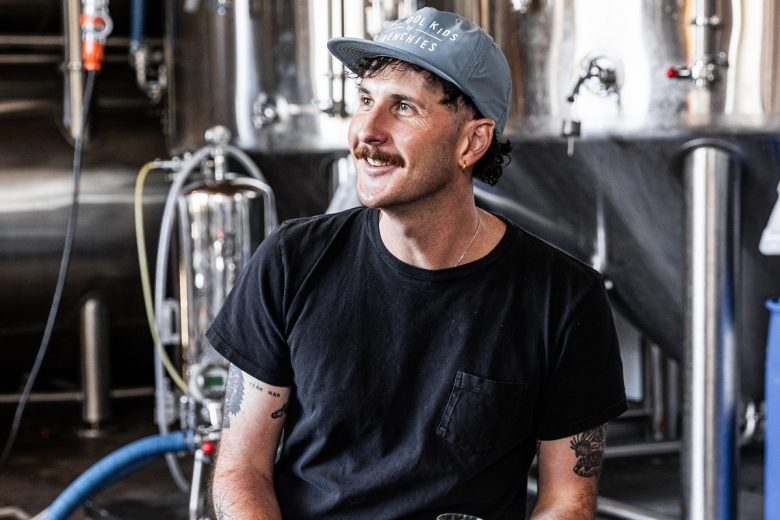 Frenchies Brewery Head Brewer Sam McDonough spoke to Beer & Brewer about his decade in the industry, working with some of Australia’s most well-known craft breweries.
Frenchies Brewery Head Brewer Sam McDonough spoke to Beer & Brewer about his decade in the industry, working with some of Australia’s most well-known craft breweries.  The brewery will be celebrating the milestone limited release with a complimentary tasting, including other new beers, on 29 August.
The brewery will be celebrating the milestone limited release with a complimentary tasting, including other new beers, on 29 August. 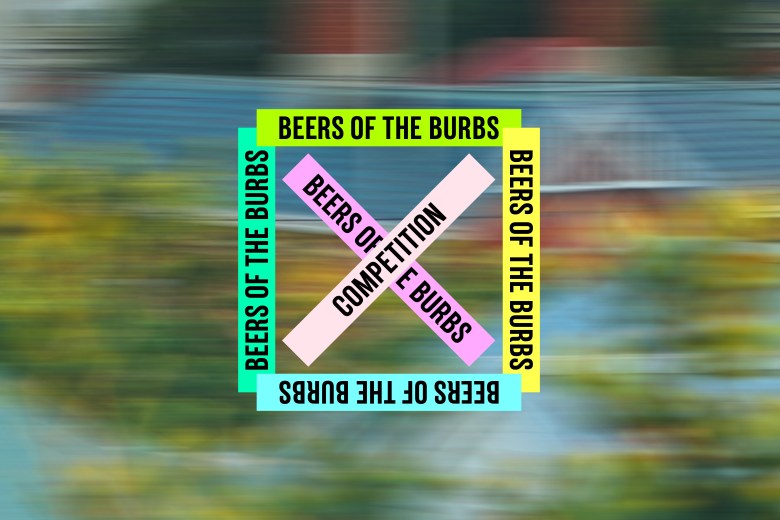 The community brewing competition returns for a second year, with the grand final set to take place on Thursday 29 August.
The community brewing competition returns for a second year, with the grand final set to take place on Thursday 29 August. 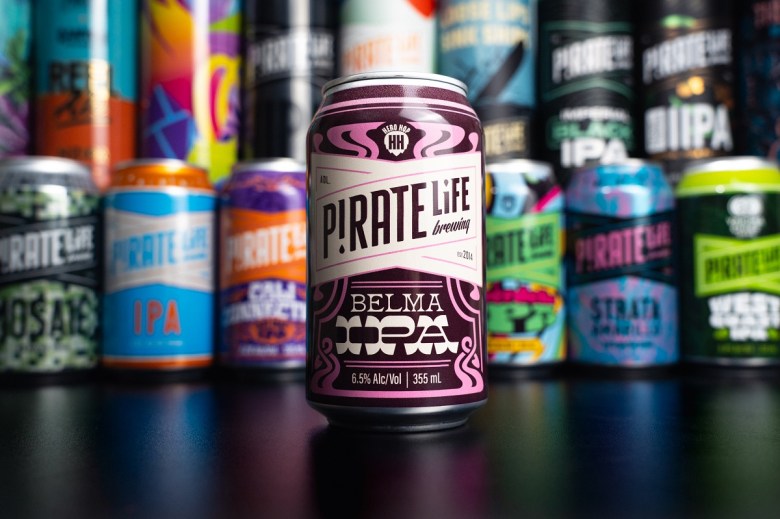 Belma IPA heroes a unique American hop variety and celebrates the importance of IPAs to the Pirate Life brand.
Belma IPA heroes a unique American hop variety and celebrates the importance of IPAs to the Pirate Life brand.  The Queensland-exclusive beer is designed to offer beer drinkers a premium option for celebrating life's milestones.
The Queensland-exclusive beer is designed to offer beer drinkers a premium option for celebrating life's milestones.  Yulli’s Brews Head Brewer, Jamie Webb-Smith, speaks about championing ingredients, making consistently good beer, and growing his knowledge.
Yulli’s Brews Head Brewer, Jamie Webb-Smith, speaks about championing ingredients, making consistently good beer, and growing his knowledge.  From Irish stout to hazy pale ales, Beer & Brewer rounds up the best non-alcoholic beers for Dry July.
From Irish stout to hazy pale ales, Beer & Brewer rounds up the best non-alcoholic beers for Dry July.  Leading marketing data and analytics business, Kantar, has named its most valuable global beer brands, with AB InBev dominating.
Leading marketing data and analytics business, Kantar, has named its most valuable global beer brands, with AB InBev dominating. 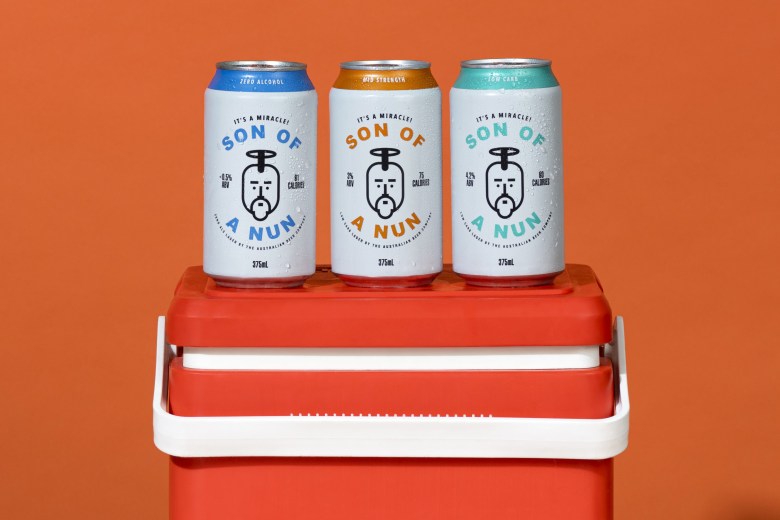 Son of A Nun Mid Strength joins the core range of beers, made for lager lovers in search of guilt-free beverages.
Son of A Nun Mid Strength joins the core range of beers, made for lager lovers in search of guilt-free beverages. 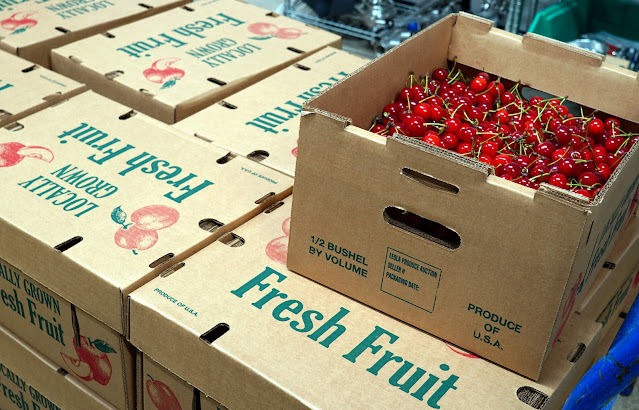
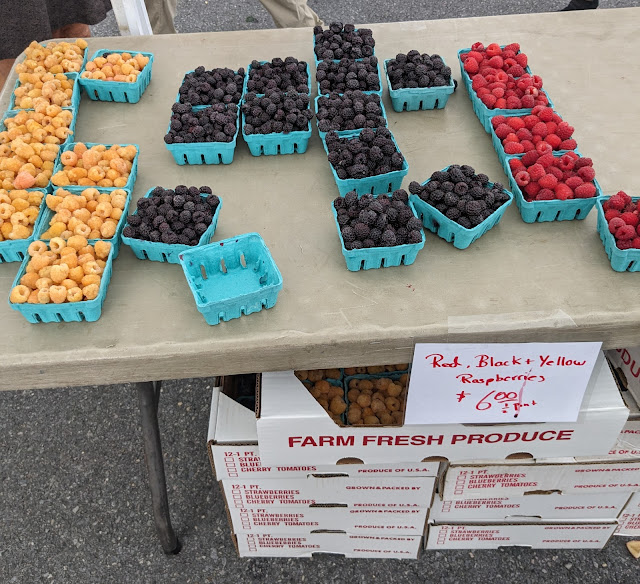
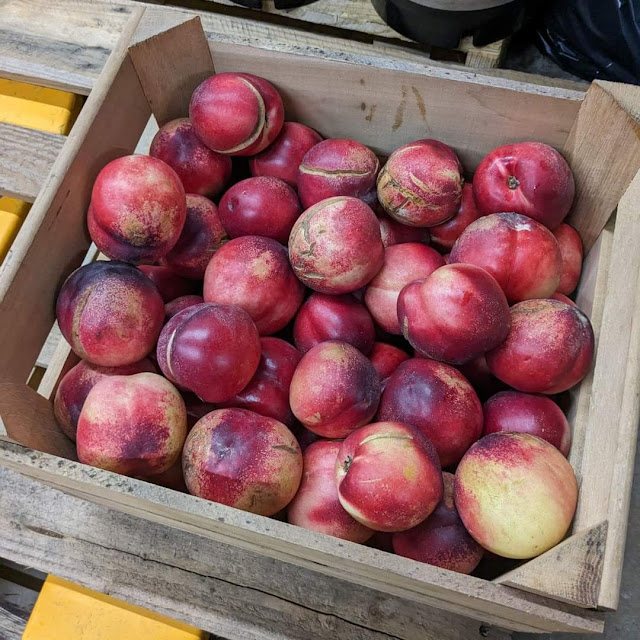
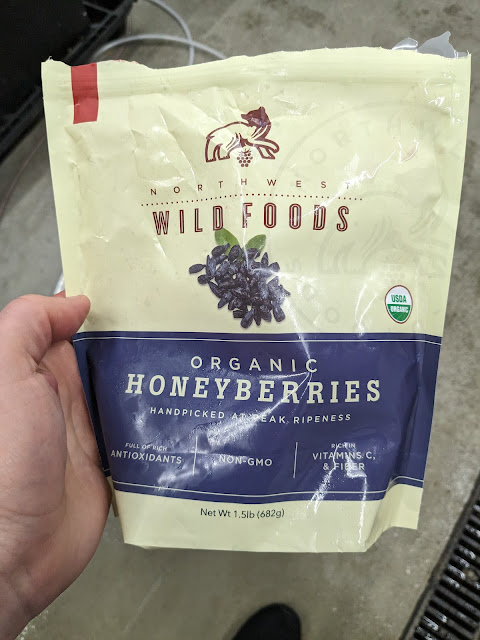
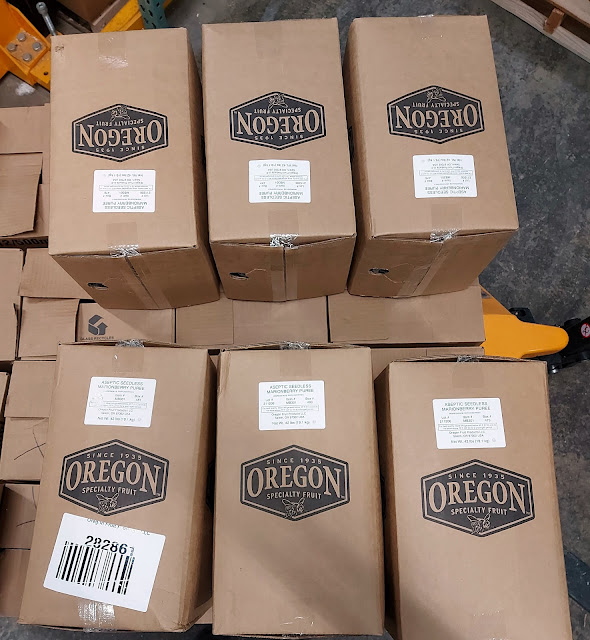

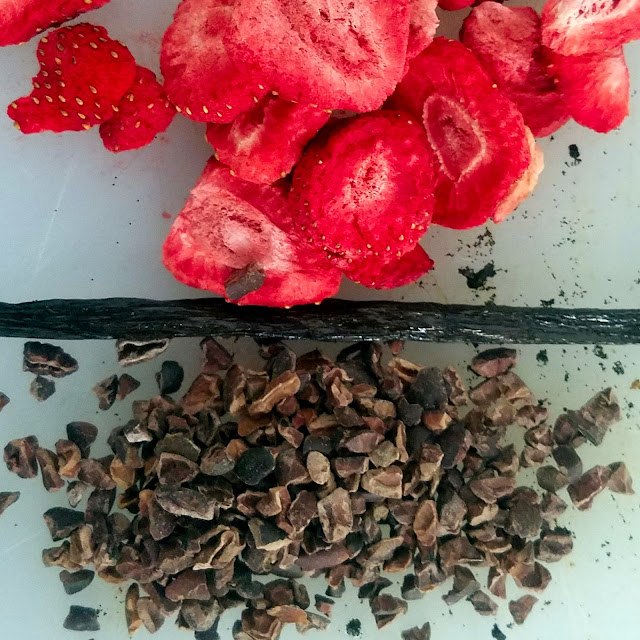

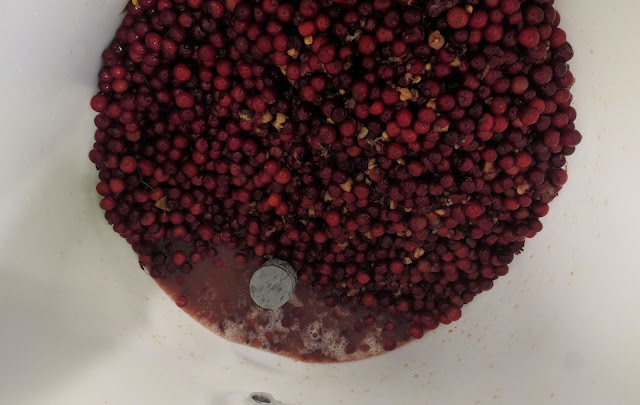


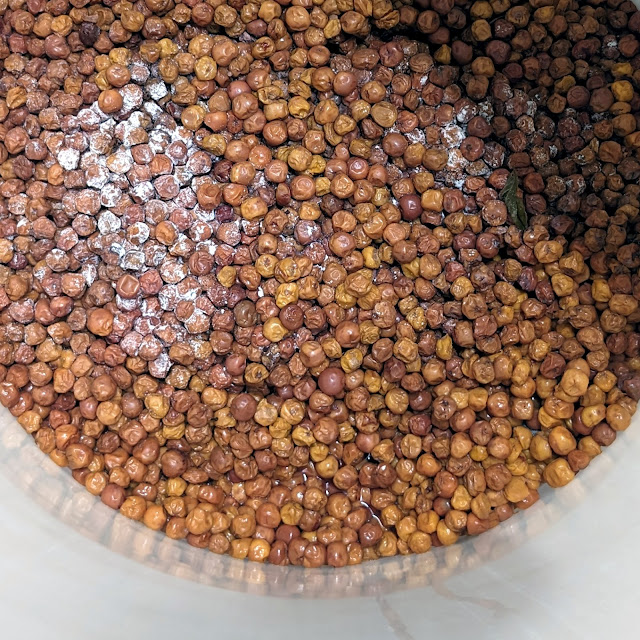
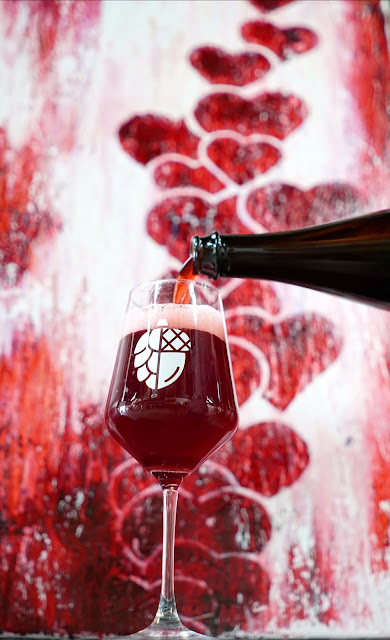
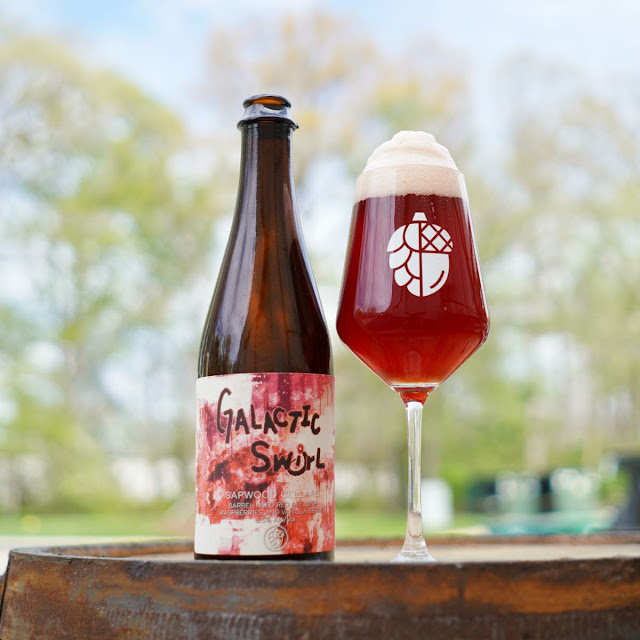
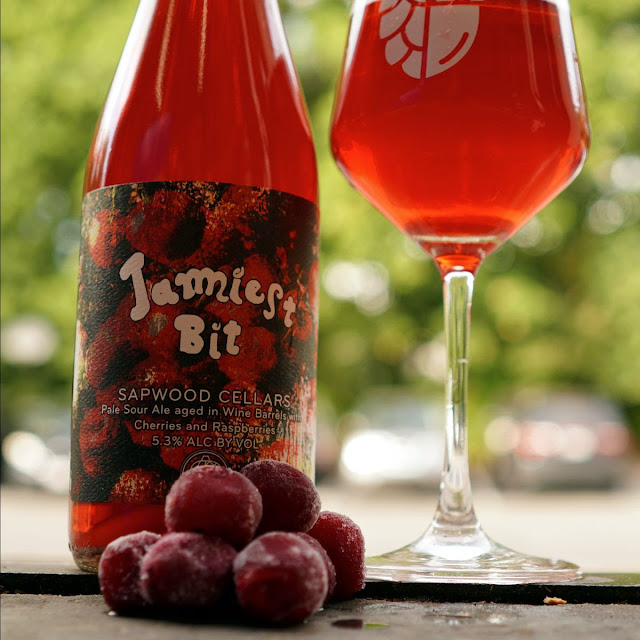
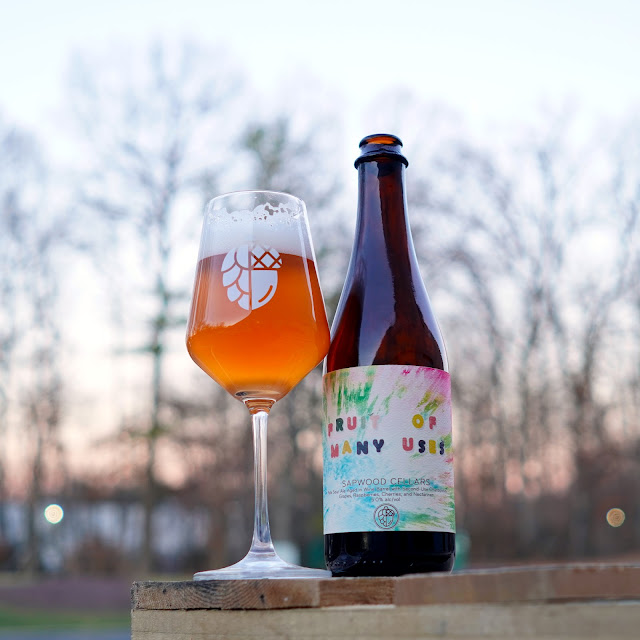
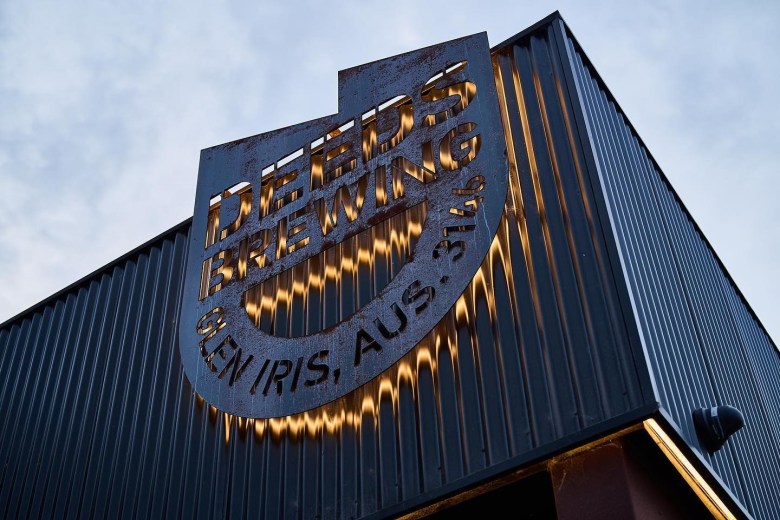 The Victorian brewery is closing its doors after eight weeks of administration, ending the brewery’s 12 year history.
The Victorian brewery is closing its doors after eight weeks of administration, ending the brewery’s 12 year history. 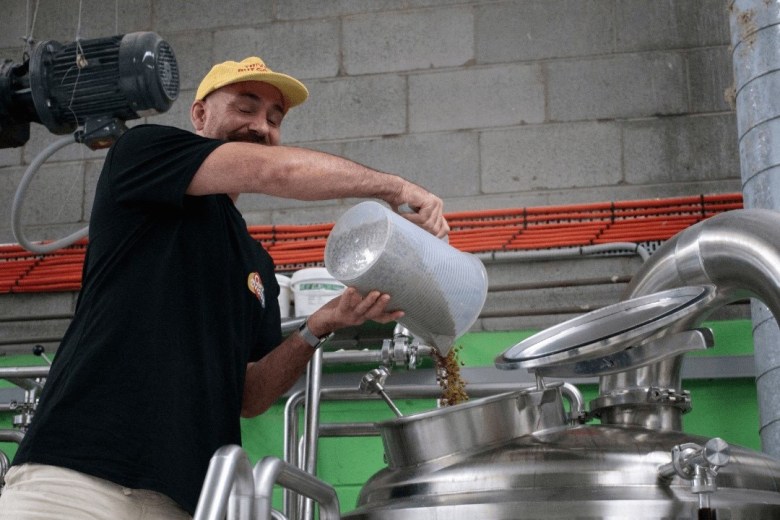 The Australian trivia company is celebrating its 20th anniversary by partnering with craft brewers for a series of uniquely-flavoured beers.
The Australian trivia company is celebrating its 20th anniversary by partnering with craft brewers for a series of uniquely-flavoured beers. 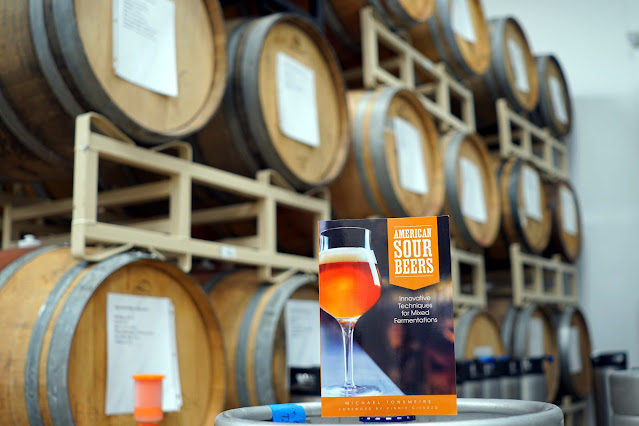
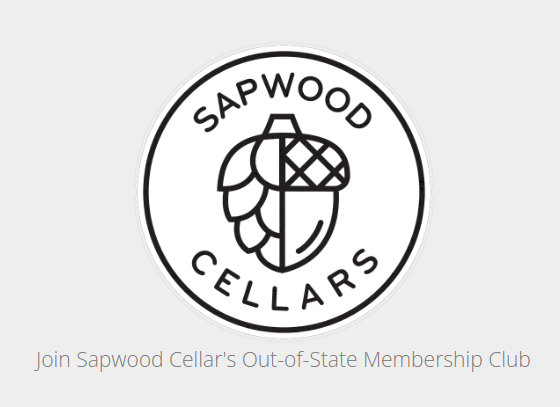
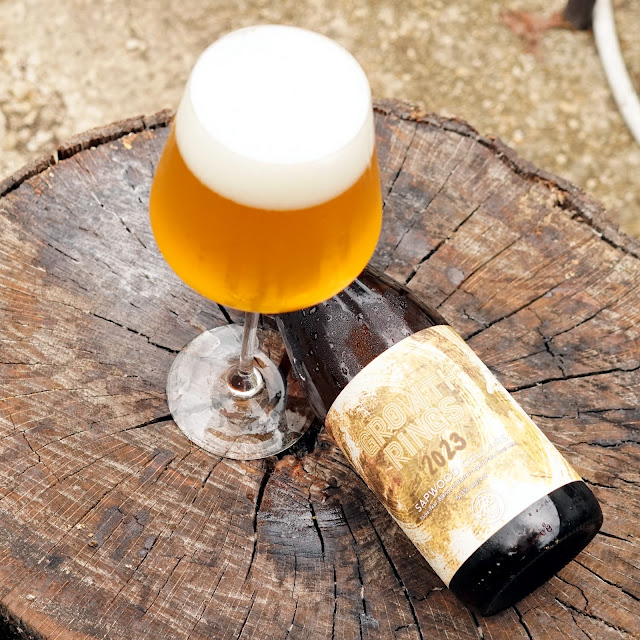
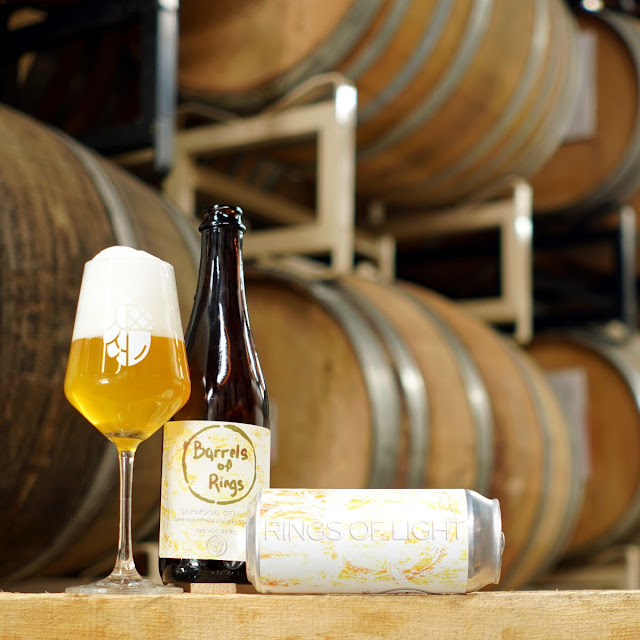
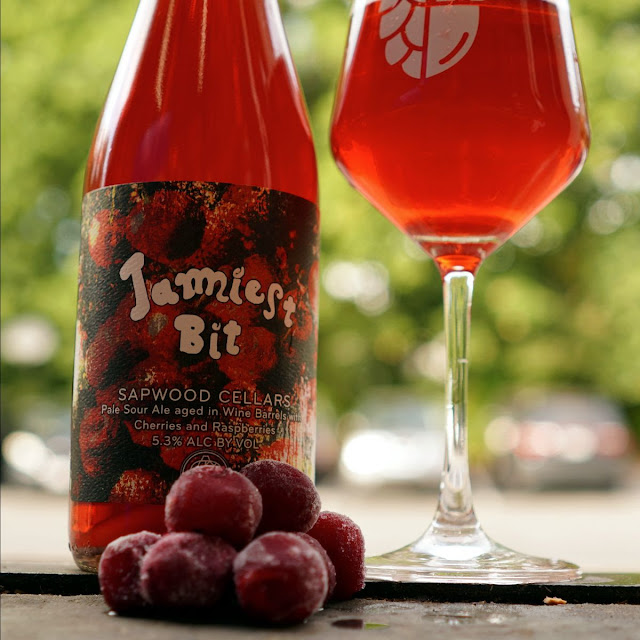
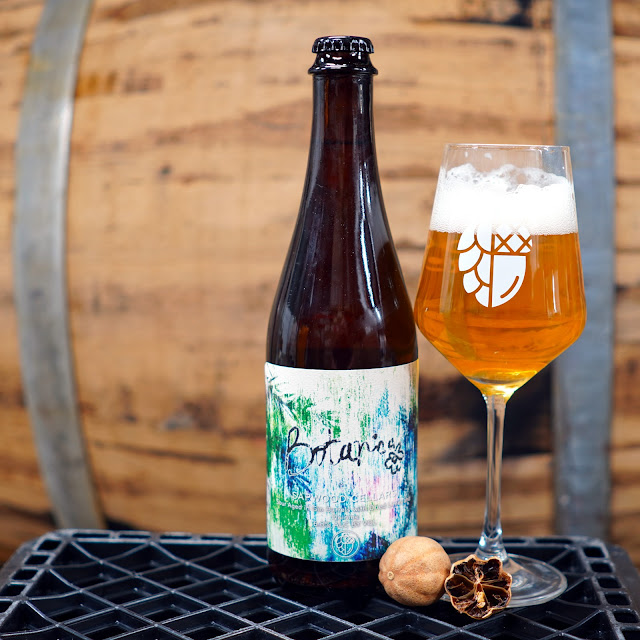
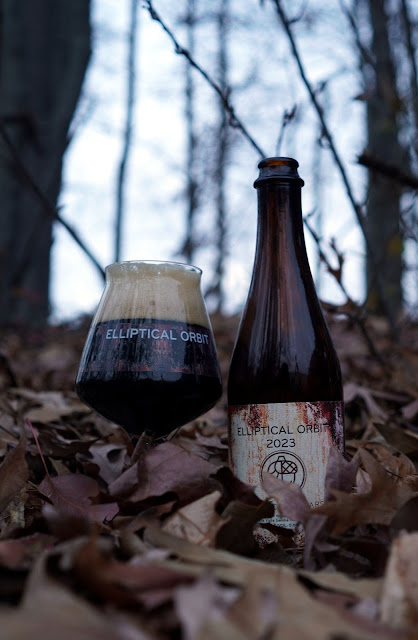
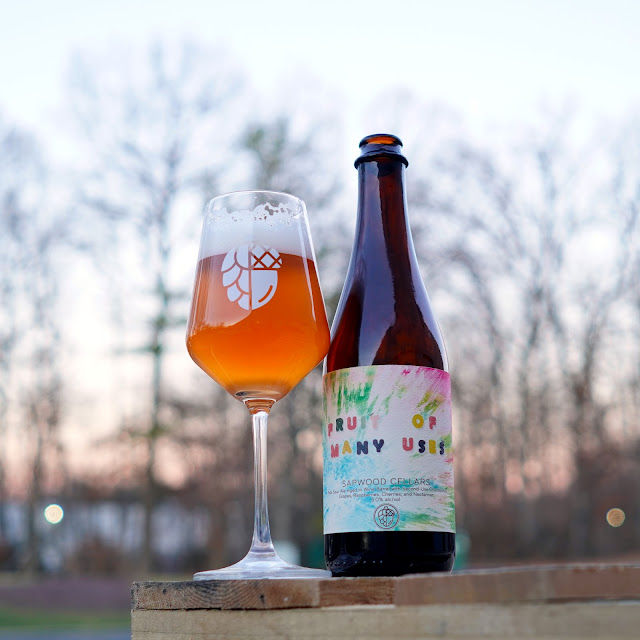
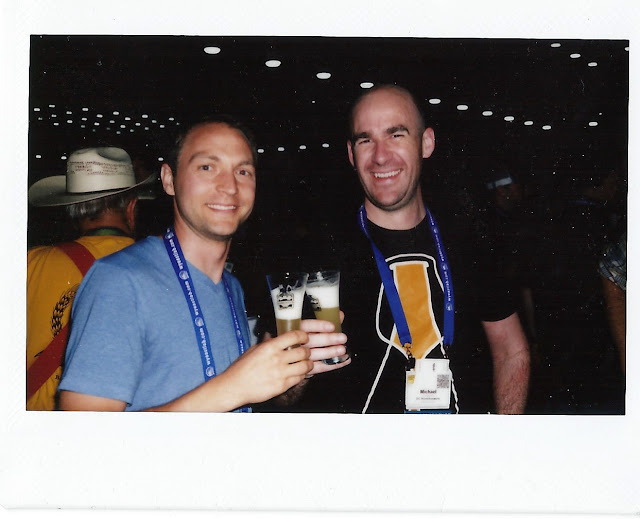
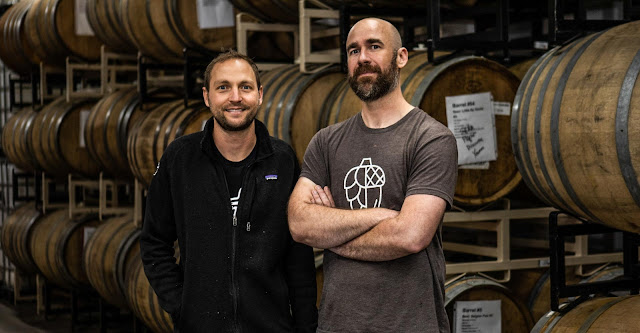
 Ahead of Modus Brewing’s 10th anniversary celebration this weekend, we chat with Co-Founder Grant Wearin about his highlights from the past decade.
Ahead of Modus Brewing’s 10th anniversary celebration this weekend, we chat with Co-Founder Grant Wearin about his highlights from the past decade. 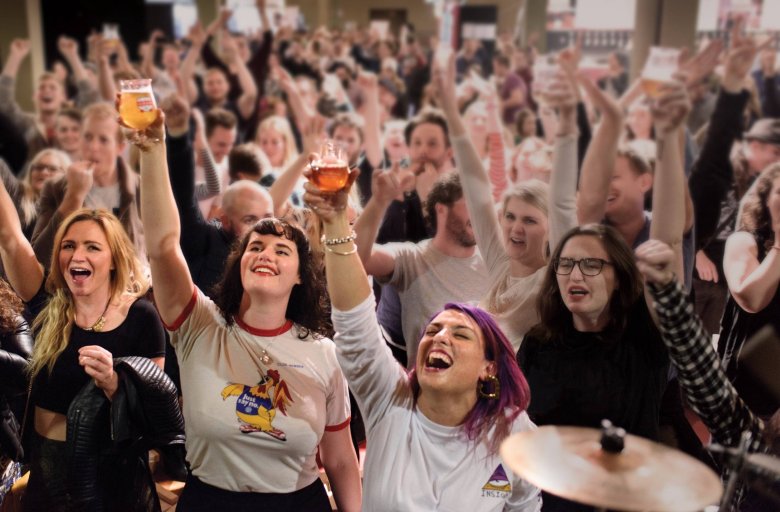 The campaign hopes to encourage record numbers of visitors to the festival by driving value for consumers.
The campaign hopes to encourage record numbers of visitors to the festival by driving value for consumers. 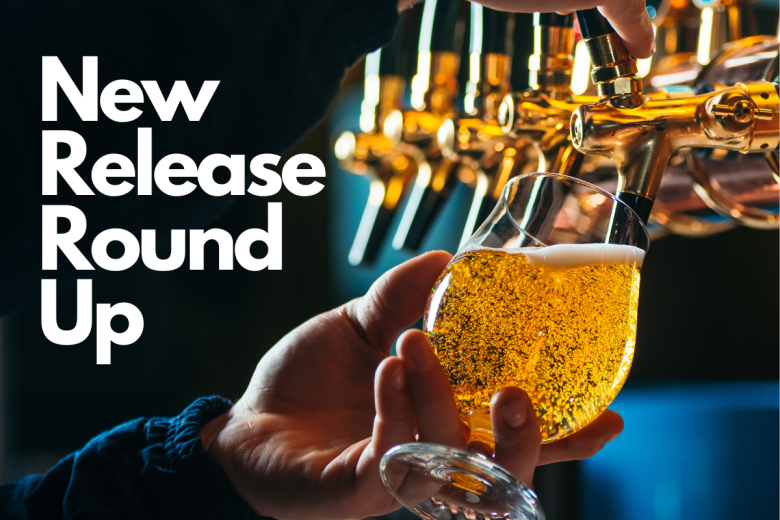 A popular Sydney brewery teams up with a clothing brand, a sour highlights native fruit from the Kimberly, and a 20-year anniversary release.
A popular Sydney brewery teams up with a clothing brand, a sour highlights native fruit from the Kimberly, and a 20-year anniversary release. 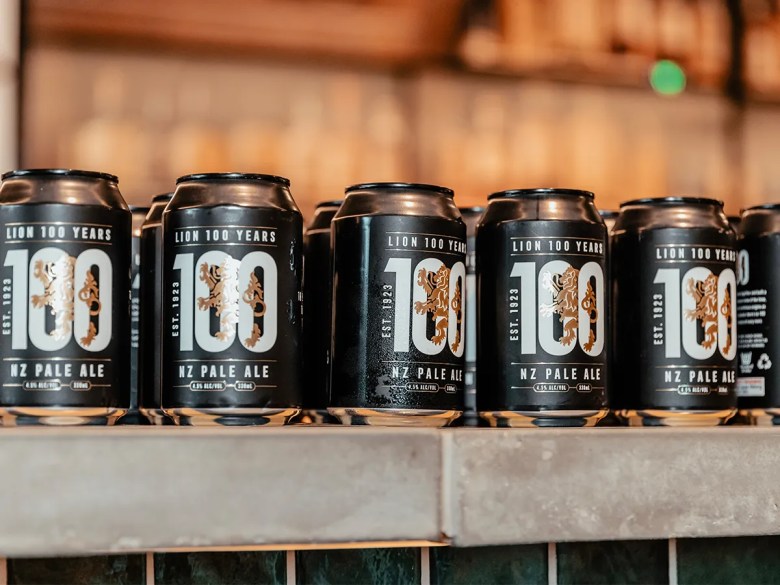 Lion NZ is celebrating the significant milestone with the release of a commemorative, limited-edition pale ale.
Lion NZ is celebrating the significant milestone with the release of a commemorative, limited-edition pale ale.